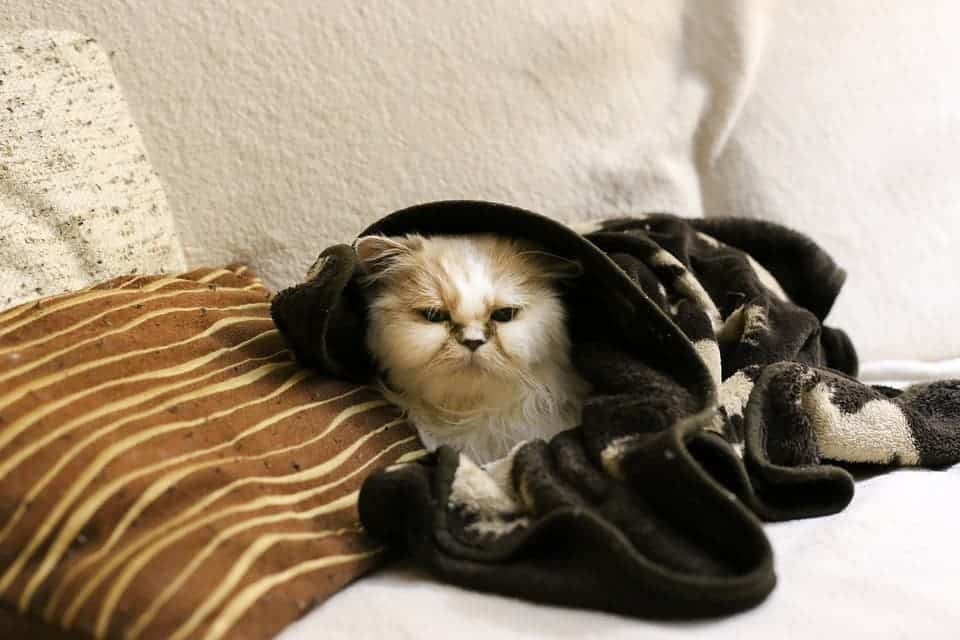A recent study from China found that cats can be susceptible to the virus, but people shouldn’t really worry about contracting the virus from pets.

There have been some isolated reports of dogs and cats contracting the novel coronavirus. According to recent evidence, cats seem more susceptible to the virus than dogs, but there is no reason for concern for pet owners, researchers say.
“This is a human disease,” said Jeanette O’Quin, an assistant professor in the Department of Veterinary Preventive Medicine at Ohio State University. “It’s being transferred from person to person. That is our greatest risk.”
Existing science
A recent study reported that after the outbreak in Wuhan, 14% of the cats in the area had antibodies for the virus (though antibody tests are far less reliable at this point than diagnostic tests). The Bronx Zoo even announced that a 4-year-old Malayan tiger named Nadia tested positive for COVID-19.
Meanwhile, in Hong Kong, a recent survey examined 17 dogs and eight cats taken from households where a human had become sick with COVID-19 or had come in close contact with a confirmed patient. In that group, two dogs tested positive, though one was deemed to be “a weak” positive, and may have been a false positive. None of the cats were positive at the most recent testing.
A much larger study was cited by Jane Sykes, a professor of small animal medicine at the University of California, Davis School of Veterinary Medicine. The study analyzed 4000 samples taken from dogs, cats, and horses, none of which showed any evidence of the new coronavirus.
So what does all of this mean?
Both cats and dogs can, in theory, contract the virus — but these are isolated cases. Cats seem more susceptible to dogs, but if a cat gets the virus, it likely gets it from a human. In other words, you’re more likely to give the virus to your cat than the other way around.
There have been no cases of pets passing the coronavirus that causes COVID-19 to humans. It is highly unlikely for this to happen, though not technically impossible
If you want to be especially careful, you can take measures to limit contact between your pet and other animals. For instance, if you’re self-quarantining, you can also quarantine your cat inside.
An important time to bond with your pets
This is a very stressful situation for everyone, and while it’s not impossible for people to contract the virus from pets — it should be the least of your concerns.
If anything, we can get a lot of comfort and emotional support from pets, which is extremely important right now. Enjoy your pets, love them, and draw comfort from them. It’s the best time to do so.
“There’s a lot of stress in the world and the human-animal bond is so important,” Sykes said. “We should be enjoying our pets, rather than being fearful of them.”






